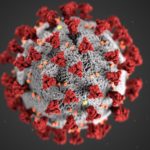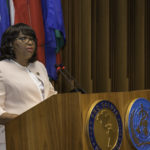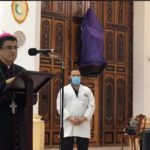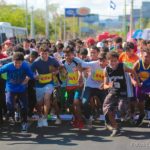The Knight Center for Journalism held a webinar, titled “Nicaraguan Journalism vs. Repression.” The webinar featured activist Tanya Amador and journalist Anibal Toruño. Amador decried the relative lack of international coverage about Nicaragua, and Toruño warned that Ortega might succeed in silencing the independent press.
Amador does have a point about the dearth of coverage, though there is a caveat that needs to be addressed: You have to talk about the state of the news media in the United States TODAY, as it can help explain why Nicaragua isn’t as prominent in the news agenda as other stories. In the United States, many news organizations have shut down their international news bureaus because covering international news is expensive. Alyssa Miller, from Public Radio International (PRI), made this exact point in a Ted Talk delivered in 2014.
News organizations don’t have unlimited funds. If anything, the news business have been forced to adapt to decreasing revenue streams from advertising. Layoffs have become common. As confirmed by the latest Pew Center report on the State of the News Media, “about a third of the largest US newspapers” have laid off journalists. However, focusing resources on stories that are closer to home is nothing new; it’s ingrained into the way we train journalists and editors. A set of criteria that determine newsworthiness is commonly taught in journalism courses throughout the United States. These criteria often go back to Galtung and Ruge’s (1965) research about newsworthiness, which established one of the most influential taxonomies used to determine what is worth reporting (ergo, newsworthy) and what isn’t. These criteria are known as news values, and they are summarized in the comic strip below.
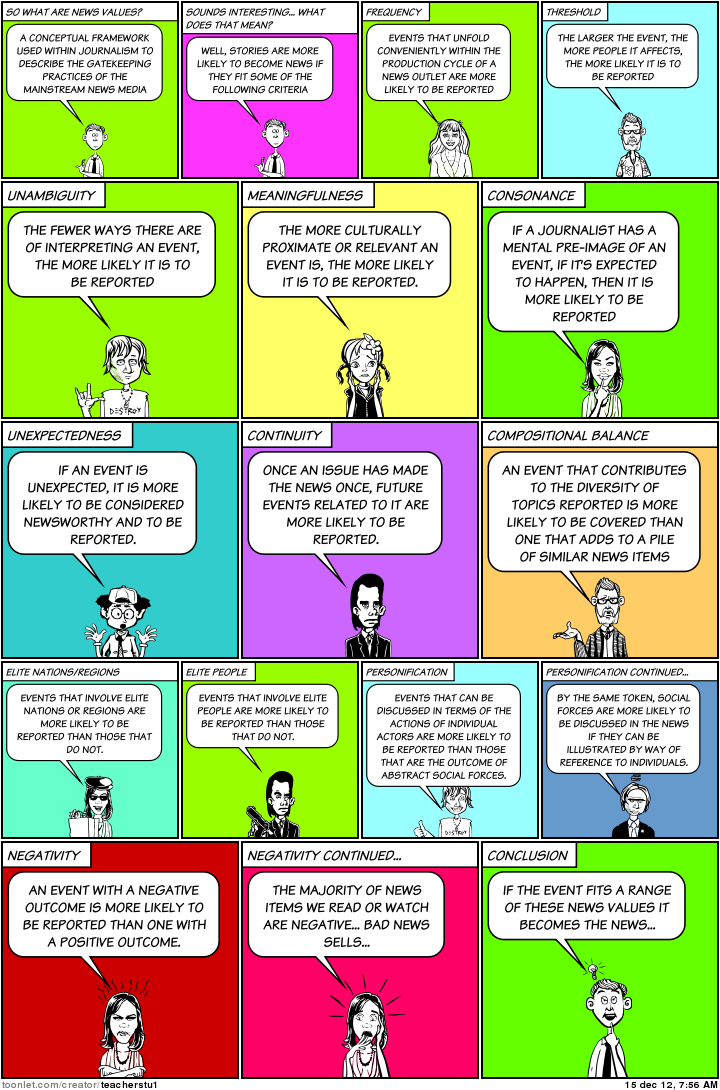
Galtung and Ruge’s Newsworthiness Criteria. SOURCE: Galtung Institute
News values may explain why so much US media coverage focuses on whatever President Trump does, Tweets, rants about, or signs. In fact, according to the Shorenstein Center, 41% of the news coverage in American media outlets in 2017 were about President Trump. However, there is another factor that determines what gets priority coverage, and that is audience interest. Unfortunately, research shows that audiences worldwide are more interested in national and local news than international news. According to the Pew Center, only 17% of Americans sampled for a recent study said that they follow international news very closely. Now, if you think that’s bad, just check out the data for Italy. They’re at 5%.
So, there are reasons that may explain why you don’t see more about Nicaragua. However, that does not mean that Nicaragua news aren’t covered. It just means that you might be looking in the wrong place. If you want to read about Nicaragua, you need to take a deep dive into Nicaraguan sources, which brings me to Amador and Toruño’s second point: Nicaraguan independent journalists need support. hey need resources so that they can keep covering the stories we all need to know about. Amador had a specific proposal in mind. She pointed out that, “It is necessary to create a plan to provide independent media equipment such as cell phones, computers and other essential devices to carry out their work.” Toruño, on the other hand, suggested that “What needs to be done probably could be to create an S.O.S. platform with everything that is happening at the level of the press, radio, TV and all the internet media, in such a way that we can quickly and efficiently enter what is happening.”
But, what about English-language news? Those exist as well in Nicaragua. Organizations like Confidencial do and excellent job reporting the news day-to-day, and they produce excellent investigative reporting in longform as well. Confidencial has also managed to get most of their content translated into English in a timely manner, and other independent outlets are trying to do so as well. An example is Articulo 66. They also do day-to-day reporting and investigative pieces, and they are translating some content. Still, the best coverage about Nicaragua is in Spanish, so that’s a limitation for those who are not bilingual. If you do speak Spanish, here is a list of people and media outlets to to follow on social media.
There are also a couple of Facebook groups where volunteers translate content for English-speaking audiences. One of them is the English Translation & Subtitling Page for Nicaraguan News Videos, where you will find a combination of citizen videos and news stories. Because of their reliance on volunteers, not to mention that subtitling video is cumbersome, they post infrequently, but when they do post, it is worthwhile content.
But lack of resources is not even the most serious challenge for independent journalists. Repression is. The regime is stepping up its attacks against the independent press. The war against Radio Dario, where Toruño was director, is illustrative of this fact, as is the constant campaign against 100% Noticias.
And it’s not just news outlets and journalists who are at risk, it’s media researchers and think tanks too. Today’s lead story on Confidencial states that Centro de Investigación de la Comunicación (CINCO), a media research center based in Managua, is on the list of non-profit that the regime hates. You might not be familiar with CINCO’s work, but they have produced some of the finest media analysis out of Nicaragua, and it is through their work that we can better understand how the regime has consolidated its hold on local media, among other issues that CINCO has researched over the years.
CINCO’s members are prominent voices in opposition to Daniel Ortega. The Center’s president is Sofia Montenegro, a journalist, researcher, and feminist activist. Another founder is Carlos Fernando Chamorro, who is behind Confidencial and the popular TV shows, Esta Semana and Esta Noche. Chamorro tweeted about CINCO’s impending doom, in the context of the regime’s wholesale attack on critical non-profits. Chamorro’s tweet reads in part: “ORTEGA CANCELS LEGAL PERSONHOOD FOR 9 NGOs, but he can’t shut down the demands for justice and democracy”
ORTEGA CANCELA PERSONERIAS DE 9 ONG, pero no lograr callar las demandas de justicia y democracia. Hoy van contra @cinco_ni, @popol_na, @IPADENic, Fundación del Rio, y el Instituto de Liderazgo de las Segovias, sumándose al ataque contra Cisas, @ieepp, @cenidh, y @hademos
— Carlos F Chamorro (@cefeche) December 13, 2018
Gathering news in Nicaragua is dangerous, and local independent journalists and media outlets need to be supported and protected. The news content that they produce is invaluable, so as you wait for the once-in-a-blue-moon CNN story, please take a moment to peruse the stories that Nicaraguans are producing themselves, and if you can translate and help contextualize the information, don’t wait.
Just do it.
